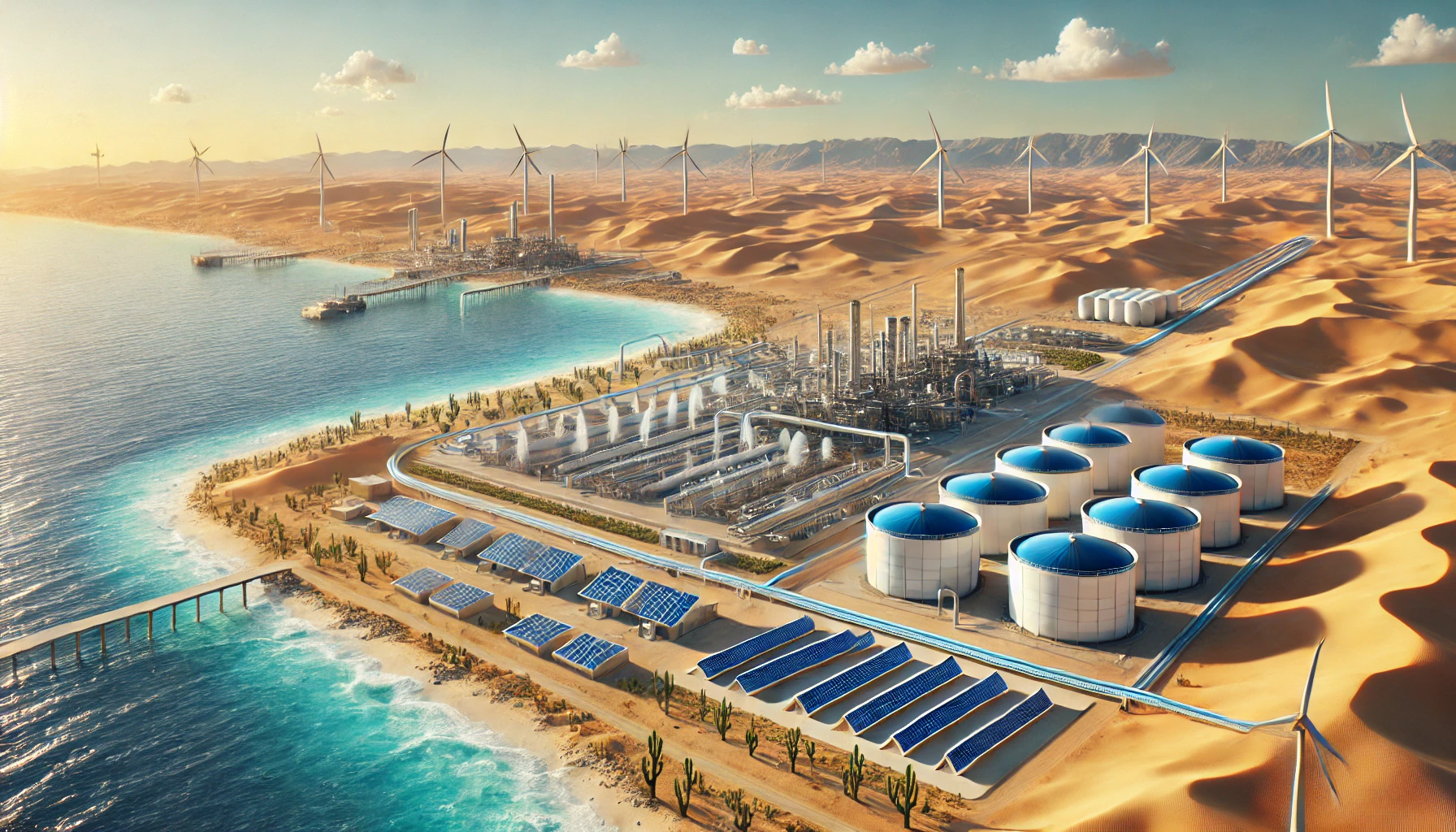Water scarcity is a pressing global issue, particularly in arid and semi-arid regions where freshwater resources are limited. As populations grow and climate change exacerbates drought conditions, finding sustainable solutions to provide clean drinking water is more critical than ever. One technology that holds great promise in addressing this challenge is water desalination—the process of removing salts and impurities from seawater to produce fresh, potable water. However, traditional desalination methods have been energy-intensive and costly. Recent innovations are now shifting the landscape, making desalination more energy-efficient and accessible.
The Need for Desalination in Arid Regions
Regions such as the Middle East, North Africa, and parts of Asia face acute water shortages, relying heavily on desalination for their freshwater supply. According to the United Nations, by 2025, nearly 1.8 billion people will live in areas affected by water scarcity. Desalination has become a crucial tool for these regions, but it comes with significant environmental and economic costs due to high energy consumption.
Emerging Technologies for Energy-Efficient Desalination
- Reverse Osmosis (RO) with Energy Recovery Devices (ERDs): Reverse osmosis is currently the most widely used desalination technology. While effective, it traditionally requires large amounts of energy to pump seawater through semi-permeable membranes. New advances, such as the integration of Energy Recovery Devices (ERDs), are drastically reducing the energy footprint of RO systems. ERDs capture and reuse the energy from pressurized water, lowering overall energy consumption by up to 60%.
- Electrodialysis (ED): Electrodialysis, another emerging technology, uses electrical currents to separate salt ions from water. Unlike reverse osmosis, which requires high pressure, electrodialysis works more efficiently in low-salinity waters, making it ideal for brackish water desalination. ED systems are gaining attention for their lower energy requirements, particularly in regions where brackish water is abundant.
- Solar-Powered Desalination: Utilizing renewable energy sources like solar power has the potential to make desalination not only more energy-efficient but also environmentally sustainable. Solar-powered desalination plants harness solar energy to drive the desalination process, reducing reliance on fossil fuels and decreasing carbon emissions. Some systems even combine solar power with other innovative technologies, such as multi-effect distillation, to maximize energy efficiency.
- Graphene-Based Membranes: Traditional membranes used in reverse osmosis are effective but prone to fouling, which can reduce efficiency and require costly maintenance. Enter graphene, a nanomaterial known for its exceptional strength and permeability. Graphene-based membranes are being developed to improve water filtration while minimizing energy use and maintenance. These membranes allow water to pass through faster and more efficiently than conventional ones, slashing energy consumption.
Environmental and Economic Impact
While these new technologies show promise, scaling them to meet global demands requires addressing both environmental and economic challenges. Desalination still generates highly concentrated brine as a byproduct, which can harm marine ecosystems if not properly managed. Innovations in brine treatment, such as brine mining (extracting valuable minerals from brine), offer potential solutions.
On the economic side, reducing the cost of energy through innovations like solar desalination and ERDs will help make desalination more accessible for lower-income regions struggling with water shortages. As energy-efficient technologies continue to evolve, the costs of producing desalinated water are expected to drop, making it a viable solution for more communities worldwide.
The future of water desalination is becoming more sustainable and energy-efficient, offering hope for addressing water scarcity in arid regions. As innovations in reverse osmosis, electrodialysis, solar power, and graphene-based membranes continue to develop, the environmental and economic barriers of desalination are being overcome. These technologies hold the key to a future where clean drinking water is accessible to all, even in the driest parts of the world.




